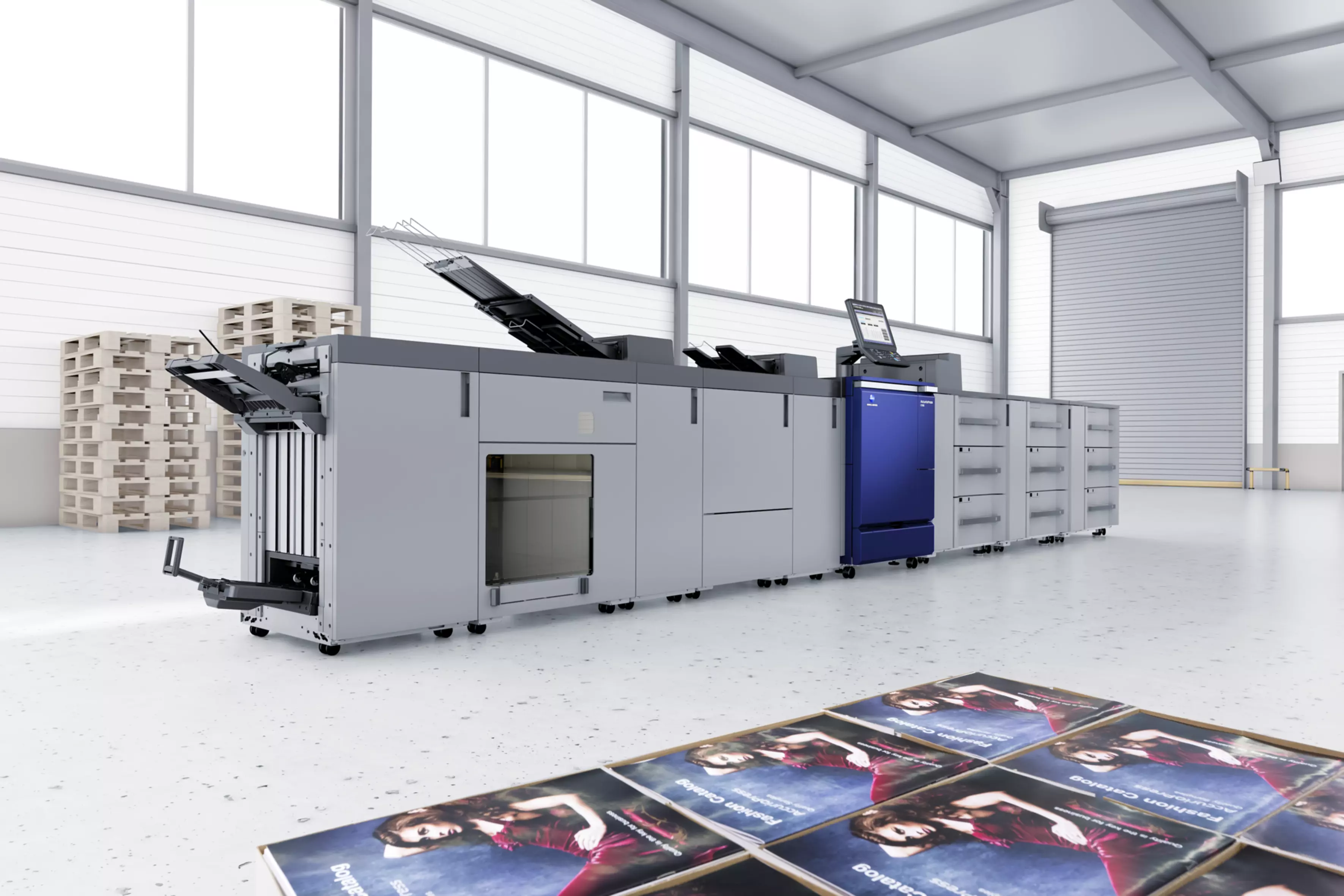Companies in the printing business need to keep a constant eye on their costs, especially in view of the sharp rise in paper and energy costs. There are many measures that can be taken, ranging from well-negotiated purchase prices to the introduction of cost management systems.
Why is effective cost control important?
Managing printing costs is about identifying way to reduce expenditure on print jobs. The goal is to increase company profits. Cost control usage shows the total expenditure of the printing operation for materials, energy, personnel, machines and software. It provides information on the areas in which the most or least costs are incurred.
Purchasing is where the profit lies
Agile printing
In the past, large order quantities, high stock levels and long lead times were key to sales. The supply bottlenecks for paper during and after the coronavirus pandemic have shown how vulnerable this approach is. In addition, high stock levels tie up capital unnecessarily and generate high costs. The ability to print short runs and deliver them in the shortest possible time is revolutionizing the business of many print shops. Instead of relying on sales forecasts based on past data and requiring appropriate stock levels, printing companies can keep minimal stocks and replenish them as required. Agile companies have much better opportunities to respond to trends using on-demand production rather than relying on long-term forecasts. In addition, only what is currently needed is printed - this protects the liquidity of the printing company and the customer while also reducing the impact on the environment.
Checking inefficiencies in the production process
The workflows in the production process often conceal high-cost items and thus a corresponding savings potential. It is worth reviewing your own processes from start to finish and rethinking them if necessary. This is because many printing companies work with short deadlines and ongoing order adjustments. Production planning with optimised makeready times is hardly possible. The result is double set-up costs in production. Automated print production in particular brings measurable benefits. It reduces waste and minimises set-up times. The integration of all processes - from automated order acceptance to the realisation of the production sequence via a digital process chain reduces the administrative effort. New orders can be scheduled automatically on a time-controlled basis and dynamic optimisation calculates an optimised production sequence for all process steps. Ideally, such a workflow should run as far as possible without human intervention - regardless of whether it involves long or short runs, different types of substrates or different print formats.
Modern digital printing systems save material and energy
If you want to save on ink and paper, you should consider investing in modern production printing systems, especially digital printing systems. For example, they have media sensors that automatically detect paper type and weight and reliably make the right settings to ensure optimum ink application. New printing machines are also more environmentally friendly and consume less energy. In addition, some manufacturers such as Konica Minolta offer toner bottles and cartridges made from recycled material. These are collected and refilled. Such measures relating to resource-saving production also emphasise the environmental awareness of a printing company and are suitable as additional arguments in sales talks.

Monitor costs automatically
In addition to the cost control measures already mentioned, a monitoring solution helps when a printing company carries out numerous projects for many customers. A billing code can be used to allocate the costs incurred to each project. This makes it much easier to invoice customers for the exact printing costs. Graphics and management reports help with analyses and provide a quick and comprehensive overview. The monitoring solutions can often also be used to create customised reports. With these transparent statements, printing companies can quickly recognise where their savings potential lies.
Communicate cost transparency!
Due to the rapidly rising costs of paper and energy, companies should consider whether they should show these blocks separately and charge them to their customers. There are now functions that store the respective energy and paper charges separately for each cost centre. In addition, these values are used to calculate paper and energy costs for each order and, if required, are shown separately. If energy prices change, for example, they can be adjusted to the current energy index with a special surcharge. Another management advantage is that price reservations for these figures can be included in the quotation. The separate itemisation is also helpful as a basis for discussions for follow-up orders. This allows print shops to remain flexible without having to constantly adjust their hourly rates.
Whether printing companies are making savings in purchasing, improving and digitising processes, investing in new printing systems and software or calculating cost blocks transparently - reducing expenditure is a continuous process that printing companies must constantly review and adapt. It is therefore very important that they stay on the ball and implement effective management measures. Printing companies that monitor and reduce their overheads improve their competitiveness.
Cost control through a precise overview
Find out here how you can optimise the printing process and effectively control your costs with Dispatcher Paragon.




